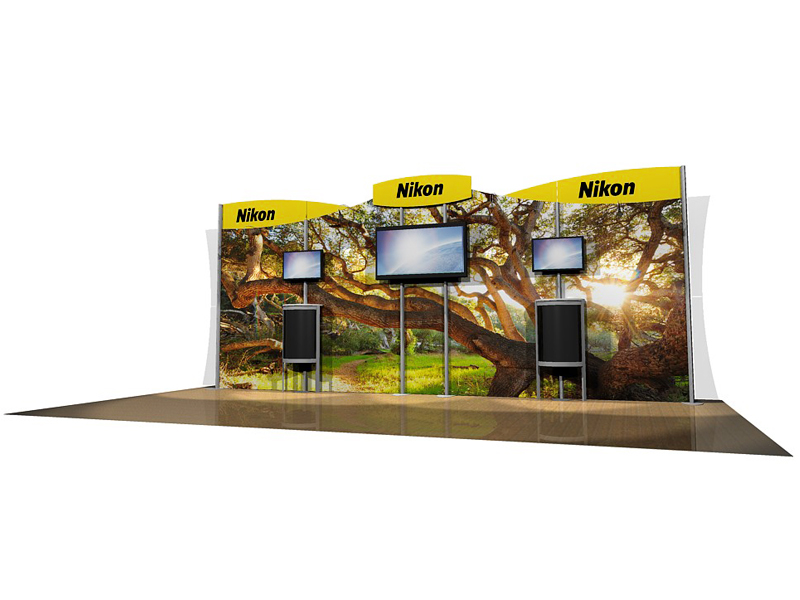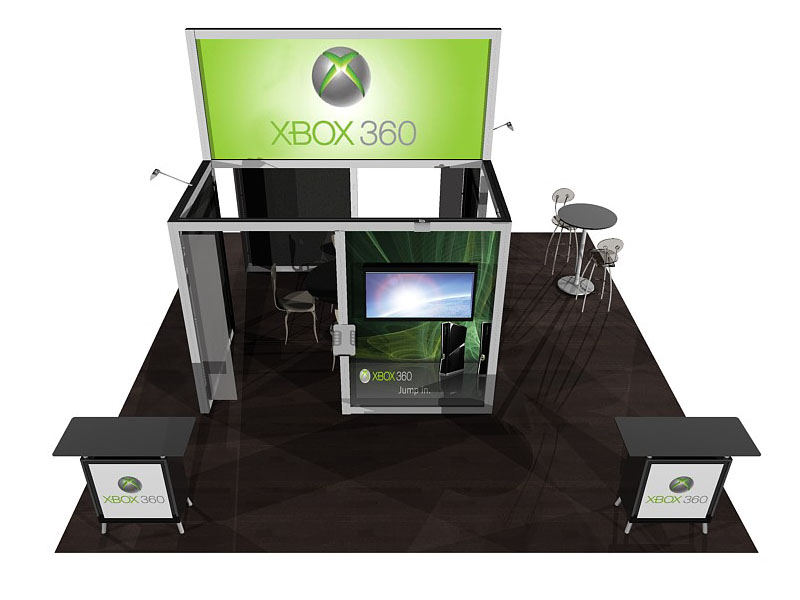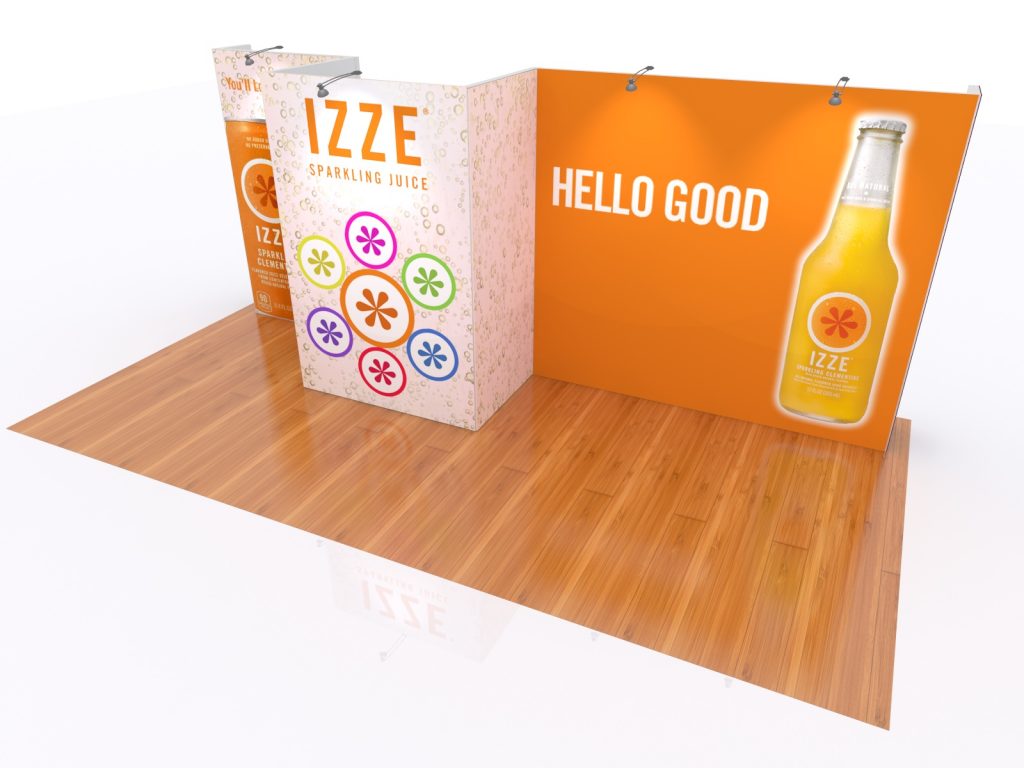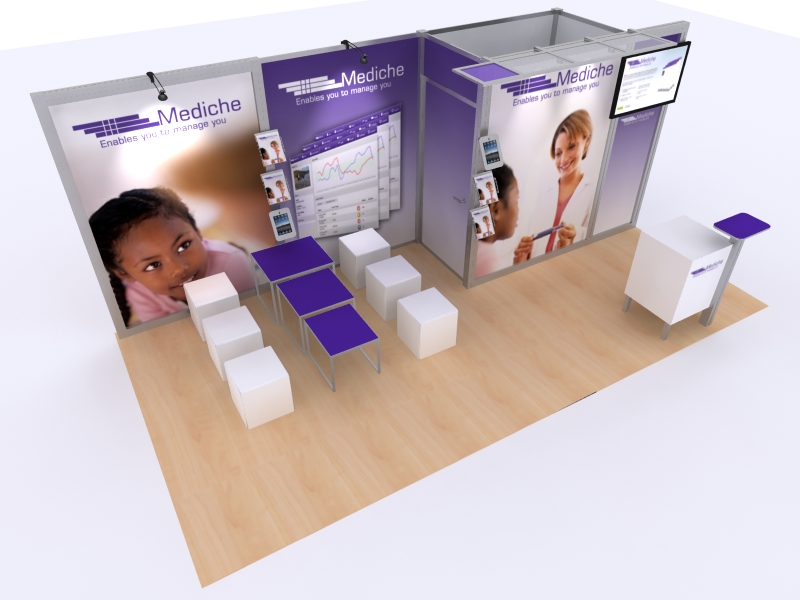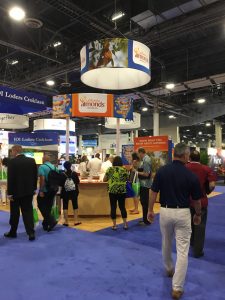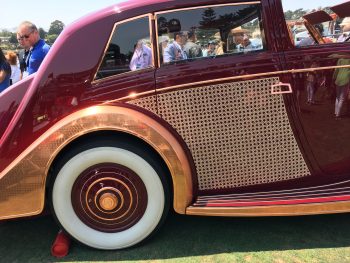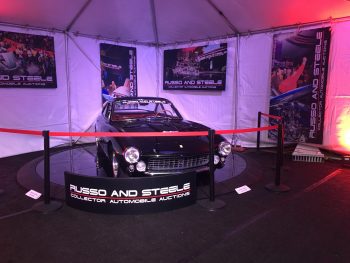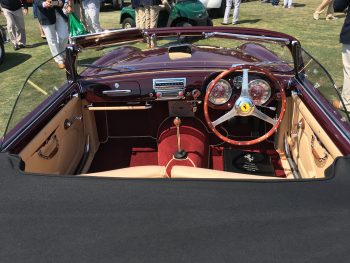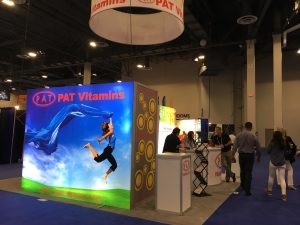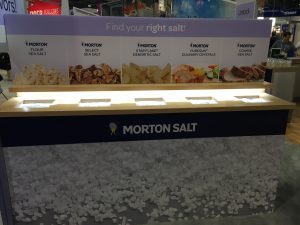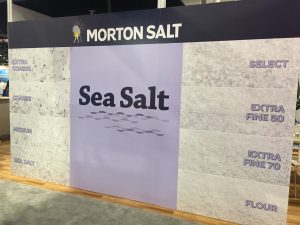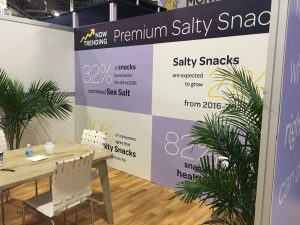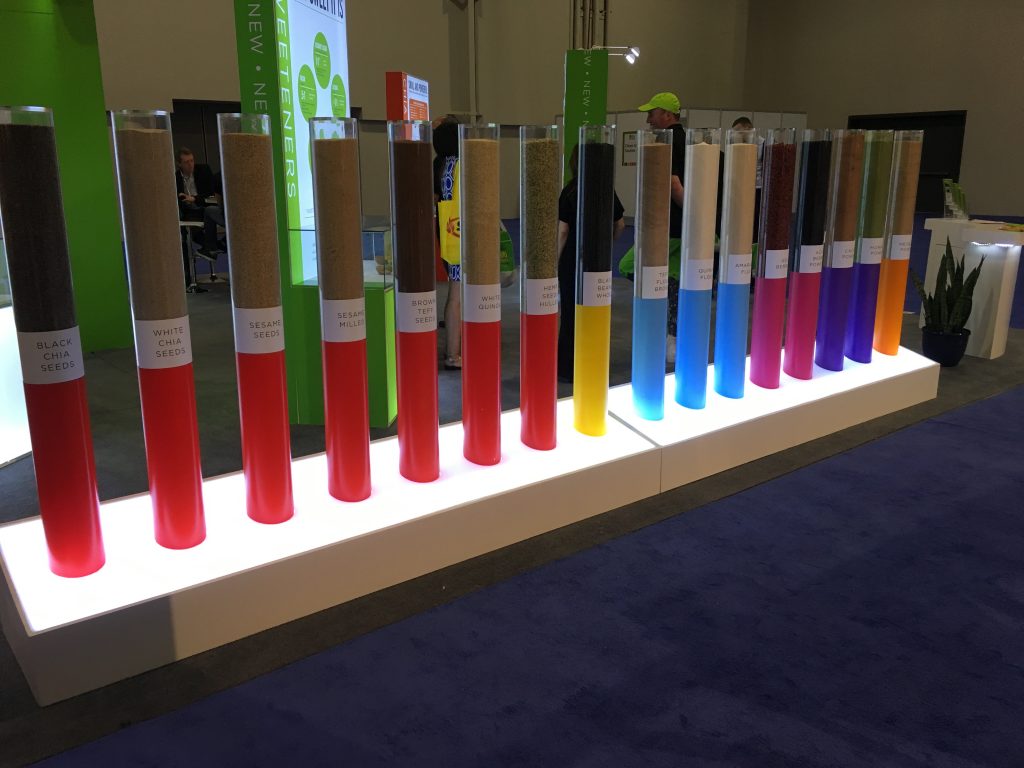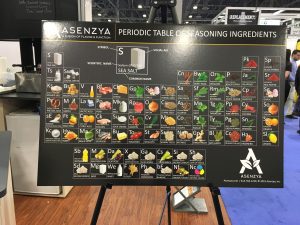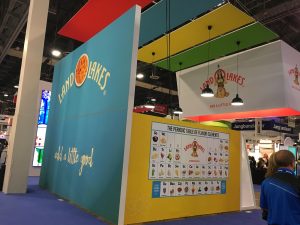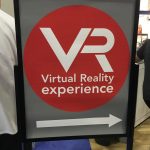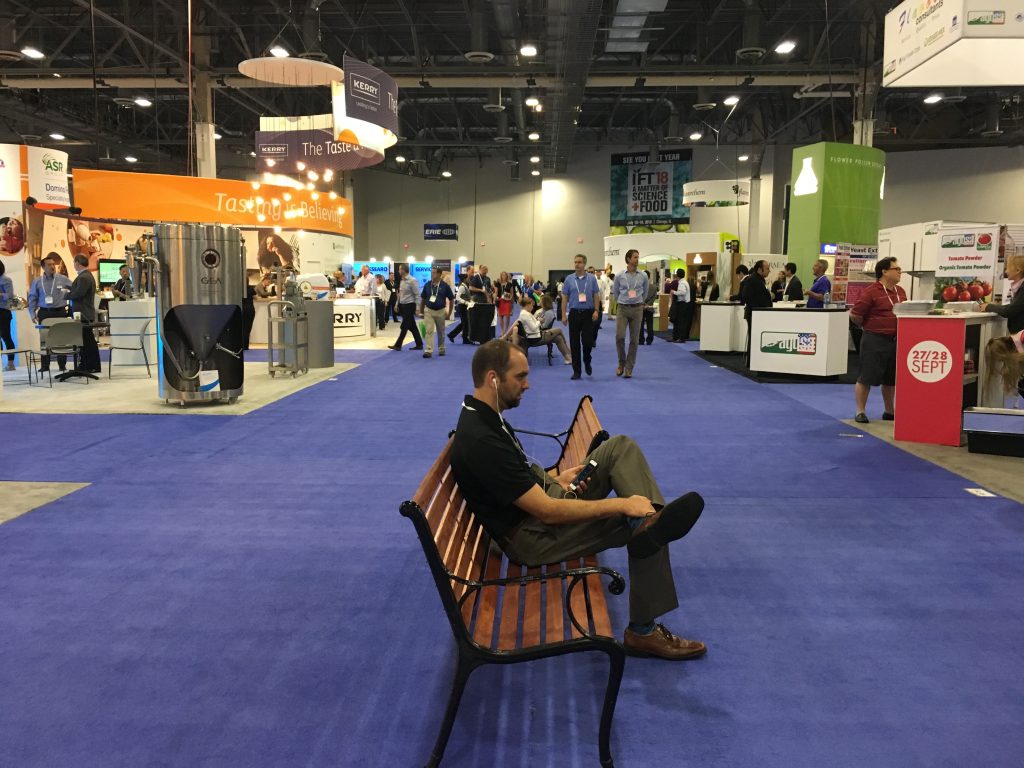Nine Things You Need to Know Before Buying a Custom Tradeshow Exhibit
It’s a big commitment, investing in a custom tradeshow exhibit. Maybe not as much as getting married or buying a new house, but it’s more than deciding who should accompany you to the prom. It’s a big deal – buying a new custom exhibit. If you haven’t been through the process before, or in a while, it’s not a bad idea to review the steps.
What are the pros and cons of the decision? What about budget, logistics, staff preparation and more? They’ll all be impacted by the purchase of a custom tradeshow exhibit.
Some of the pros and cons to weigh before choosing between purchasing a custom tradeshow exhibit or a more standard, modular or manufactured exhibit.
- Uniqueness: A custom tradeshow exhibit means that your company will have a unique, one-of-a-kind presentation. No one else will look like (if the designer does his job!). Your designer starts with a blank slate and before doing anything on the slate they should ask a lot of questions. They should ask so many that you may wish they’d stop! But it’s all good – it means they care about creating an exhibit that you really want; one that works well for your company from many aspects: the look and feel, the branding, and the functionality.
- Flexibility: A custom exhibit can be designed and fabricated form the outset to accommodate a variety of needs and intended uses. For instance, if you have an exhibit schedule that demands you exhibit in a 10×20 space in one show, a 10×20 space in another show, and a 20×20 in yet another show, your exhibit components can be designed to work in all three configurations.
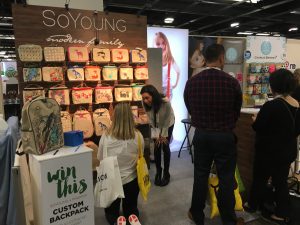
- Pride of Ownership: A custom exhibit will give you those intangibles: pride of ownership, unique corporate identity and a feeling that can’t be beat, from the CEO to the front-line staffers!
- Other Options: Of course, you have options other than custom, especially when it comes to smaller exhibits, such as 10×10 or 10×20 inline exhibits. There is pop-up, modular, flat-panel, fabric panels, fabric back-lit walls, monitor inset options and more. There are custom hybrids that take elements of modular designs and add unique twists that help you stand out – maybe for less money than designing and fabricating a custom exhibit from scratch.
- Logistics: Drayage, Shipping and Installation & Dismantle: It seems that nothing can torpedo your tradeshow marketing budget faster than logistics. Shipping, show drayage and the costs to install and dismantle your exhibit are often seen as nothing short of highway robbery. But in the tradeshow world, it’s a cost of playing the game. So, what can you do from the design and fabrication standpoint to keep these costs as low as possible? Using lightweight materials such as fabric graphics and aluminum framing can help. Knowing how to set up your own small exhibit can help you avoid having to pay an I&D company, but there are tradeoffs. You’re either paying your own crew for their time, or you’re paying the pros.
- Custom Look, Function and Branding: The main reason to consider a custom exhibit is that, after all is said and done, you want a booth that looks like no other. If your company handcrafts potato chips, for example, uses biodiesel fuel, donates to charitable causes, mitigates wetlands on the site of a new factory, works a staying green by invoking heavy use of solar energy, you have a solid idea of how you want your exhibit to reflect those values as part of your brand.
- Design/Fabrication: One question that pops up on occasion: is it important to have the same company that designs your booth fabricate it? Not necessarily. But having the design and the fabrication shop right next door means communication is smoother and more efficient. Some independent designers will gladly create a custom design that is guaranteed to wow your audience. But many may not have as much experience designing using specific materials that an exhibit house typically uses. They may also not have as much experience at knowing how much things cost. Having an exhibit project manager in close communication with the designer can help keep the design within budget.
- Pricing: Budget is often the key element of a new exhibit project, and creating a custom exhibit will often drive the cost higher than picking something that’s more “off the shelf.” Those standard-issue exhibits will, in most cases, cost less than a similarly sized custom exhibit. But that doesn’t mean your custom exhibit has to cost an arm and a leg. Taking time to go through the process carefully helps rein in those costs. Know what your needs are, communicate those needs to your exhibit house, and make sure they are aware of your budget. Confirm all steps of the design and reviews, all the way through to fabrication.
- Learning Curve: Many companies that step up from a small modular booth to a custom booth will go through a few growing pains. It’s not uncommon. They’re spending more money, they’re having to deal with higher shipping costs, I&D, and their staff now has a larger space to deal with. But ultimately, every company I’ve worked with that has gone through the process unanimously report it was well worth it. Partners, clients, prospects, and even competitors see them as bigger players in the industry. Higher respect and recognition are your due.
There is a tremendous benefit to your company when your tradeshow marketing moves to a significantly higher level. Tradeshow marketing is by far one of the most cost-effective, highly targeted methods of reaching your potential customers and maintaining strong relations with your current clients.



